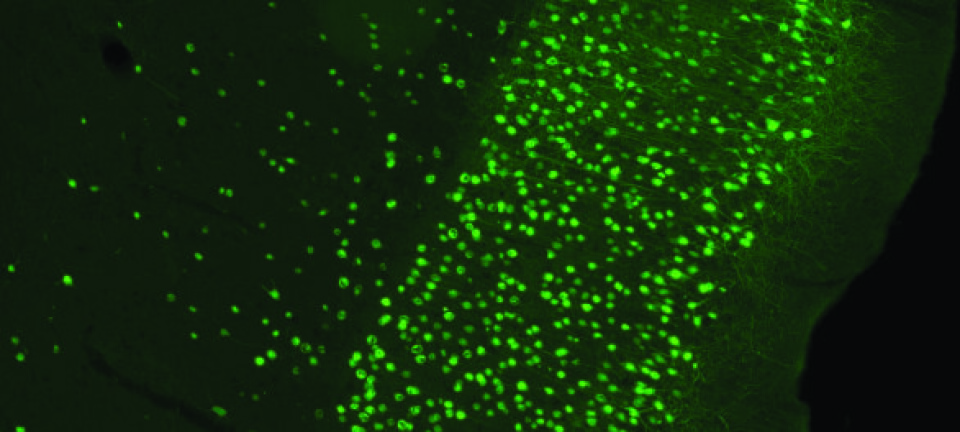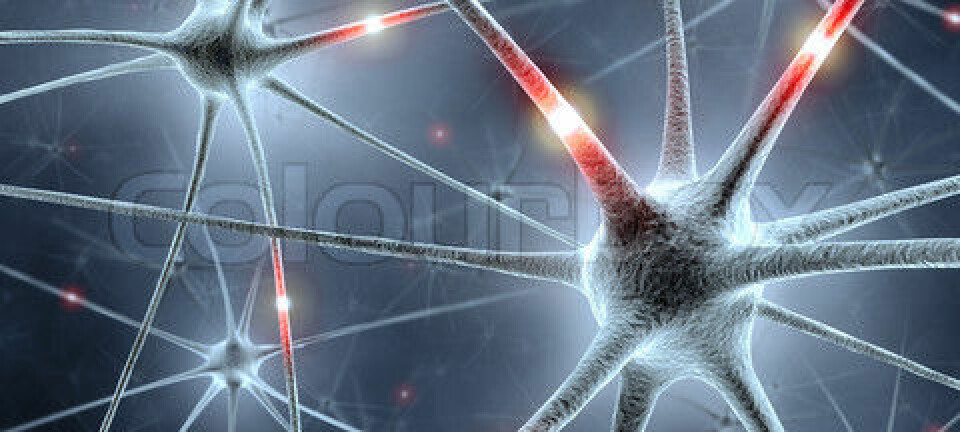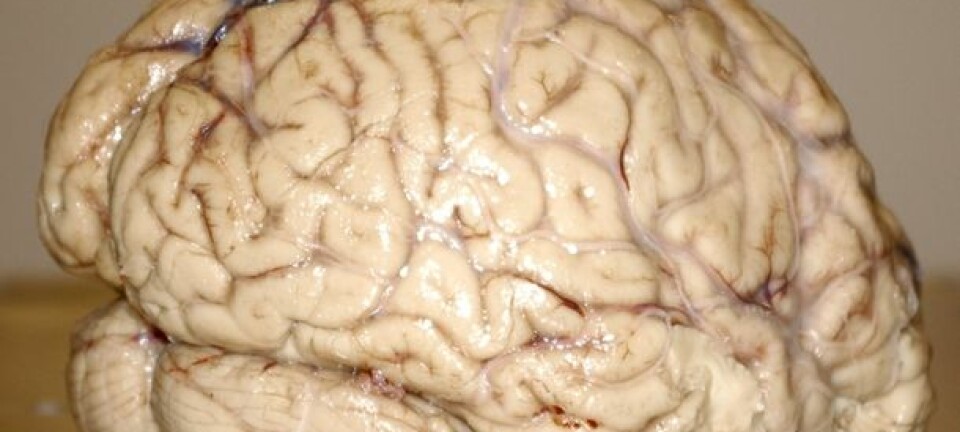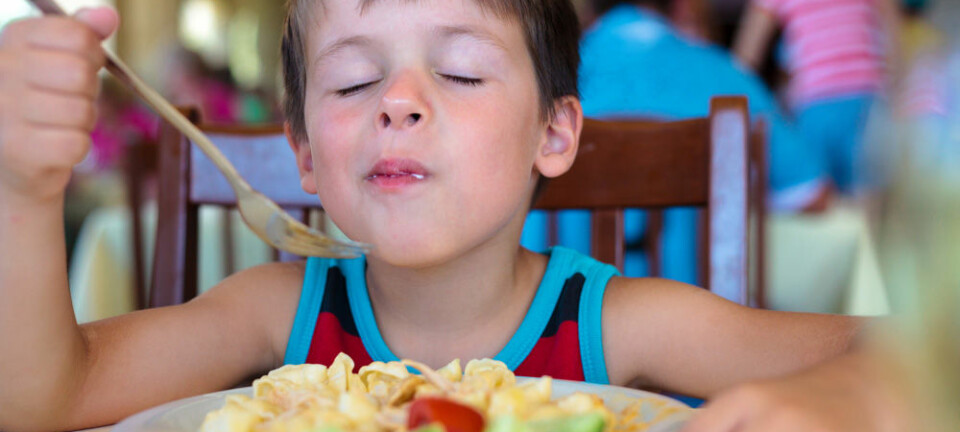
Unknown ’food function’ discovered in the brain
A specific area of our brain responds strongly to the sight of food we have previously tasted – even before we become conscious of what we’re looking at. This function is likely to influence our choice of food.
It has traditionally been thought within brain research circles that certain mental functions are associated with certain brain regions. The thought that an area associated with vision could also be linked to desire would therefore not fall under this view.
However, a new Danish-led study surprises by showing that a brain region that has long been associated with the processing of visual impressions responds more strongly when we look at food that we have tasted before than when we look at food we don’t know. This challenges the traditional view of the brain and its functions.
“The visual brain is not directly associated with pleasure, so it is very strange to see increased activity there just because people are looking at a food they know and like. This activity is also so quick that it occurs before people are aware of what they’re looking at,” says Associate Professor Per Møller of the Department of Food Science/Sensory Science at the University of Copenhagen.
He is one of the researchers behind the new study, published in the journal Behavioural Brain Research.
Our brain has evolved to navigate through the more or less edible objects in nature. This has enabled us to quickly identify food based on what we have previously eaten, tolerated and enjoyed.
He believes that increased activity in the visual cortex of the brain may very well have an unconscious influence on our food choice.
Yogurt photos switch on visual cortex
Together with scientists from the University of Missouri, the Danish researchers measured the brain activity of 19 study participants using EEG scans (see Factbox) while they were looking at photos of yogurt that they had not yet tasted.
They were then fed three spoonfuls of the yogurt and were asked to rate how much they enjoyed the taste. All participants said they enjoyed the taste.
The brain activity was measured again when the participants looked at photos of the same yogurt and comparisons were made. It turned out that the visual cortex responded much more strongly upon seeing the yogurt photos again a second time.
It is striking to see how little it takes before an image becomes associated with a food, and how long the association persists.
The response was so quick that it occurred before the participants became conscious of what they were looking at, the researchers report.
Lightning-fast response to familiar food
The tests revealed that the brain response occurred 2-300 milliseconds after the photo had been displayed.
“It is surprising to see that an evaluation of our visual impressions takes place as quickly as we observed. The brain knows it is looking at familiar food even before we become conscious of it,” says Møller.
“This may well help influence our choice of food by creating expectations for food around us.”
The brain sorts the food for us
We are constantly bombarded with sense impressions, and it is not easy to be conscious of all of them. This is where the brain’s learned associations come in handy:
”Our brain is designed to quickly and easily recognise the foods it knows we like,” says the researcher.
Our brain is basically similar to the brain of our Stone Age ancestors. It is programmed to be out in the wild, where food is not picked out and placed on supermarket shelves for us and where some food may be poisonous.
“The brain has evolved to navigate through the more or less edible objects in nature. This has enabled us to quickly identify food based on what we have previously eaten, tolerated and enjoyed,” says Møller.
Activity associated with increased attention
The brain is conditioned to finding food. This also affects how we direct our attention to the world around us.
”The increased activity in the visual cortex of the participants when they looked at the yogurt they had tasted before may well lead to an increased visual attention to this yogurt at the expense of other foods,” he says.
“So food that we have tasted before and liked is more likely to catch our attention than other food. However, further studies are required before we can say anything with certainty about this.”
Even tiny amounts create a prolonged response
The brain activity levels in the participants changed even after only a few spoonfuls of yogurt, and this change can be expected to last for quite some time:
“It is striking to see how little it takes before an image becomes associated with a food, and how long the association persists.”
Even though the researchers measured the brain activity the day after the participants had tasted the yogurt, this warrants talk of long-term taste conditioning:
“This kind of learning does not disappear easily if it can be traced the next day,” says Møller. “So it would surprise me a lot if the effect could not also be observed two weeks later.”
-------------------------
Read the Danish version of this article at videnskab.dk










